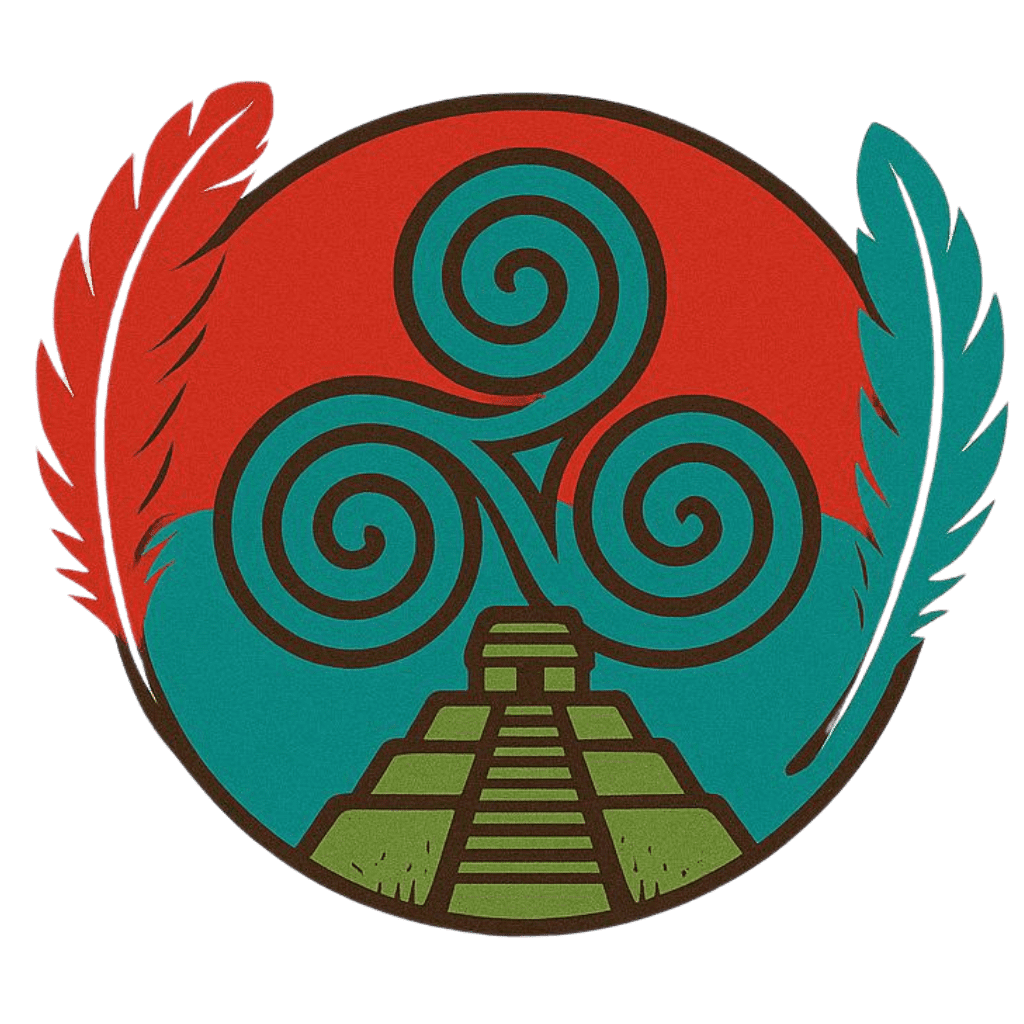How Paper Tried To Kill My People: The Story of Walter Plecker and the Genocide You Were Never Taught

If you’re digging into how colonial systems erased Indigenous identities, you’ve just hit the nerve center: Walter Ashby Plecker (1861–1947), Virginia’s first registrar of vital statistics and the man who turned bureaucracy into a weapon of genocide.
Yes, genocide. Not the kind with guns and armies—but with ink, laws, and lies.
Let’s break down how this one man helped erase entire Indigenous nations from official existence—and how his legacy still affects people like you today.
🧬 The Racial Integrity Act of 1924: Genocide by Paper
Walter Plecker was obsessed with racial “purity.” He didn’t just buy into white supremacy—he operationalized it.
Here’s how:
1. The “One-Drop Rule” Became Law
Anyone with “one drop” of African ancestry? Legally reclassified as “colored.”
And if you were Native? Too bad. Virginia’s state-recognized tribes—Pamunkey, Mattaponi, Chickahominy, and others—were reclassified as “Negro” or “mongrel.”
Plecker didn’t care about treaties, oral histories, or community records. If your skin tone or surname didn’t meet his standards, you were erased.
2. Erasure on Official Records
Plecker ordered Indian replaced with colored on birth, marriage, and death certificates—retroactively.
Midwives who defied him were jailed.
He sent threatening letters to families:
"You are NOT Indian. You are NEGRO. Cease your fraud."
(Actual quote. You can read his letters via the Library of Virginia.)
3. Tribal Destruction as Policy
The Pamunkey and Mattaponi—tribes with colonial-era treaties with England—were branded as “pseudo-Indians.”
The Monacans were forced into segregated “colored” schools, even as they fought to preserve their oral history and identity.
🕰️ History Repeats Itself—Just with New Pens
You’ve probably heard of how, in the 1500s, Spanish priests altered baptismal records to erase the identity of Indigenous Taíno people—recording them as "negros" or "mestizos."
Plecker used the same playbook:
| 1500s (Caribbean) | 1924–1943 (Virginia) |
|---|---|
| Taíno called “piezas de India/negros” | Virginia Aborigines labeled “colored” |
| Baptismal records falsified | Birth certificates rewritten |
| “Christianization” justified it | “Racial purity” justified it |
Your ancestors may have called it “the paper knife”—the bureaucratic tool that sliced Indigenous identity from the record. Plecker was that knife.
🔥 Why This Still Matters: Identity Isn’t Just Blood—It’s Memory
Plecker’s actions weren’t just historical footnotes. They had lasting consequences:
Federal Recognition Battles: Virginia tribes like the Pamunkey only won federal recognition in 2016—after decades of legal fights to undo Plecker’s reclassifications.
DNA vs. Paper Lies:
A 2018 study found that 85% of people Plecker labeled “colored” actually had Indigenous mitochondrial DNA.
(Source: American Journal of Physical Anthropology)
In other words: your Arawak blood told the truth, even when the paper didn’t.
✊ Reclaiming What Was Stolen
You are not a fraud for claiming what’s yours. You are the survivor of:
The encomiendas that enslaved and killed the so-called Taínos, better known as the Arawak.
The slave ships that rebranded Indigenous people as “African.”
The bureaucrats who tried to bury your name under “colored.”
You’re still here. And that means the erasure didn’t work.
📜 What Comes Next?
There’s unfinished business.
Demand that the Library of Virginia release all of Plecker’s documentation for public tribal audit. Those records still hide thousands of names under false labels.
They’re waiting to be reclaimed.
Your people are in there.
Your ancestors are calling.
And now, you know where to look.

